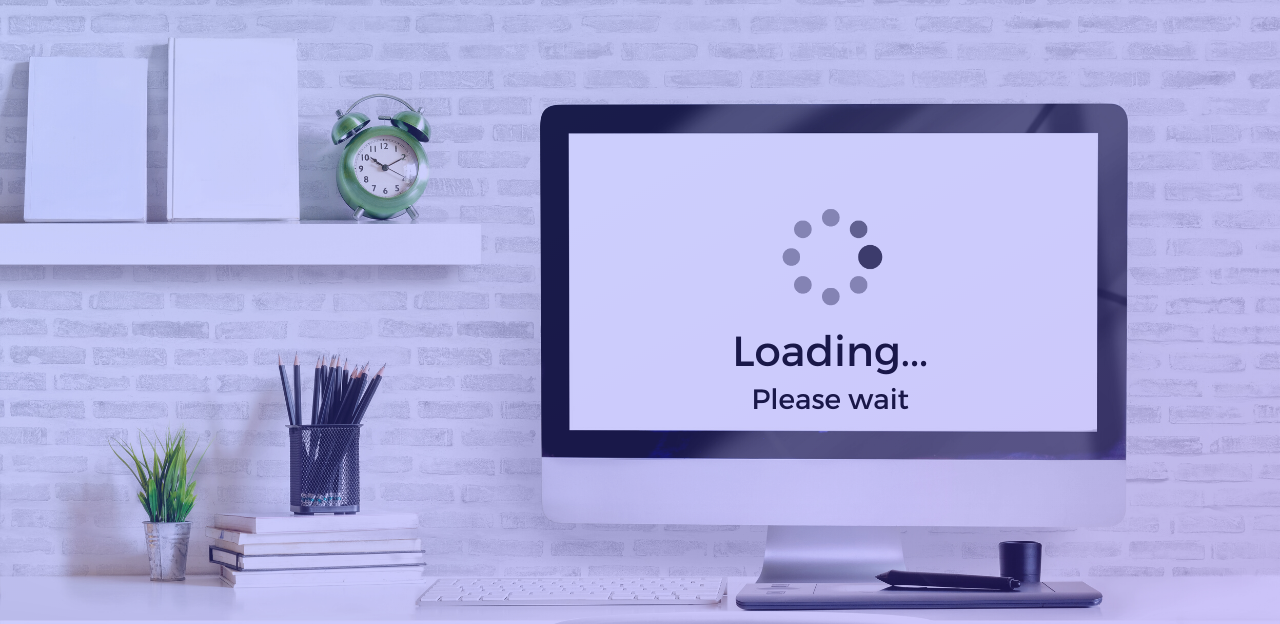How to Improve Website Performance
Several things can affect the performance of your website, but a few simple changes can make a huge difference. By following the tips in this article, you will be able to optimize your website and make it load faster. These include using a Content delivery network (CDN), compression, and lazy loading. Then, you can optimize your design to make it look better, as well. Read on to discover some more tips.
Content delivery network (CDN)
A CDN is a distributed computing infrastructure that stores cached files and copies of websites. These servers communicate with users based on their location, minimizing delays for end users. They also collect enormous amounts of data on web traffic, which enables them to make smart decisions about how to improve user experience. By using CDNs, you learn how to improve website performance. Let’s explore some of the benefits of CDNs.
A CDN enables websites to cache their content, which significantly reduces page loading times. Content should stay cached on the edge of the CDN for as long as possible, as short cache times are penalized by Google’s PageSpeed algorithm. If you’re considering CDNs for your website, make sure you choose one that offers control over how long your content is cached on its edge and the ability to force refresh of content. Click here for simple bike racing training tips that will get you to the winner’s circle.
Compression
If you’re wondering how to make your website load faster, then you’ve come to the right place. Not only does compression improve website speed, but it also optimizes your website’s image quality. Compression reduces the file size of images, which in turn takes up less space on the server. Compression also reduces the overall data load on your website. Compressed photos are easier to load, which speeds up the speed of your page. And as we all know, speed is important to your visitors’ attention span.
Web page performance is affected by file size, and larger files take longer to transfer. This can make users leave your website in frustration. Compressed files can reduce file size by up to 70 percent. Not only does compression speed up site loading, but it also improves your website’s ranking in search engine results. The first step to compressing your website’s files is to optimize your server’s performance settings. Enabling compression with Gzip is now a standard practice for many web servers.
Lazy loading
There are several ways to avoid lazy loading on your website. You can condition images to load when the user clicks on an element. In some cases, you can use custom events to force the images to be loaded at a later time. In other cases, you can use browser-based tools to test the behavior of lazy loading. You can also use Google’s URL Inspector to see the exact page fetched by Google. You can also screenshot the page and check whether the page has a noscripts fallback.
Lazy loading is a great way to improve the speed of your website and save bandwidth. In addition to improving page loading speed, it can also optimize ad units. By avoiding full content downloads, elements of your website will only be loaded when the user scrolls down certain levels on the page. By doing this, your website will appear faster and you will increase your Largest Contentful Paint index. By avoiding full content downloads, your website will be more responsive and will receive more visitors.

Optimizing design
When deciding how to optimize your website design to improve its performance, consider how it will affect conversion rates, visibility, and usability. Speed is an important factor, so you’ll need to test different aspects to determine which ones need to be improved. Once you’ve identified which aspects of your website need improving, decide on which pages to prioritize first. Start by focusing on the pages that define your conversion success. A small change can significantly increase your signup rates.
Page speed is another important consideration. Your visitors will not be satisfied if they have to wait long for your site to load. If your site takes 0.4 seconds to load, your visitors may quickly move on to another site. In addition to the page load time, frequent updates are important for SEO. Google has reported that a delay of even one second can lead to a 11% reduction in page views, a 15% drop in customer satisfaction, and a 7% loss in conversions. As you can see, it is vital to optimize your design to increase speed.
Optimizing server resources
Investing in the latest hardware won’t always deliver the performance levels a company wants. A web server is the central part of a website, processing requests from the user and determining the speed of the response. Performance bottlenecks can cause the website to run slowly and result in a negative impact on conversion rates and sales. But there’s a way to solve these problems, and it’s called server optimization.
First and foremost, server optimization involves reducing the size of CSS and JavaScript files. Although minified code is not human-readable, browsers can easily read it, and smaller files load faster. Server virtualization divides a physical server into multiple virtual ones, each with its own operating system. This allows the server to run more than one service at once, and the web application can respond to these multiple requests. It’s important to keep these issues in mind when deciding on the best server optimization options for your website.
